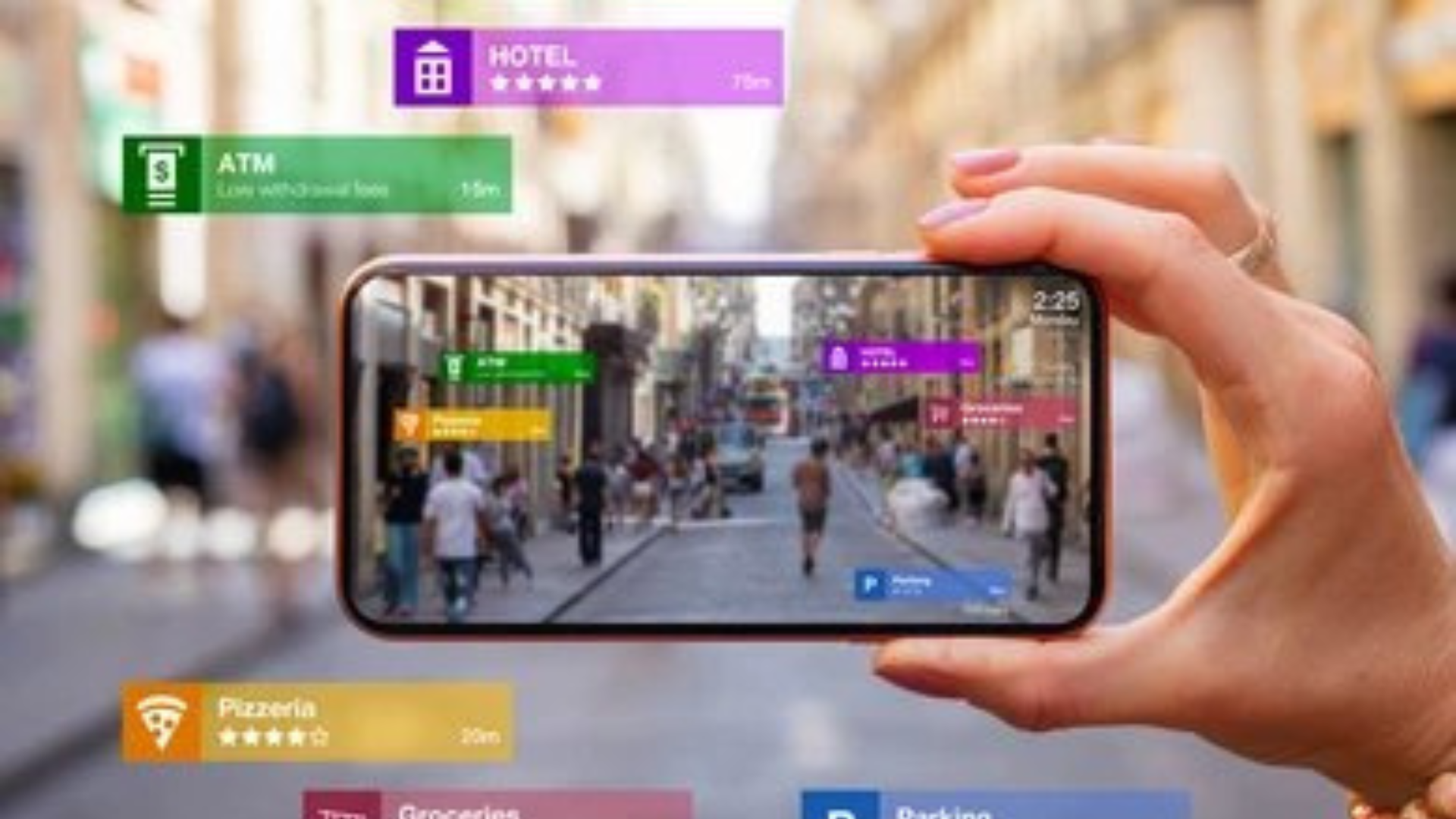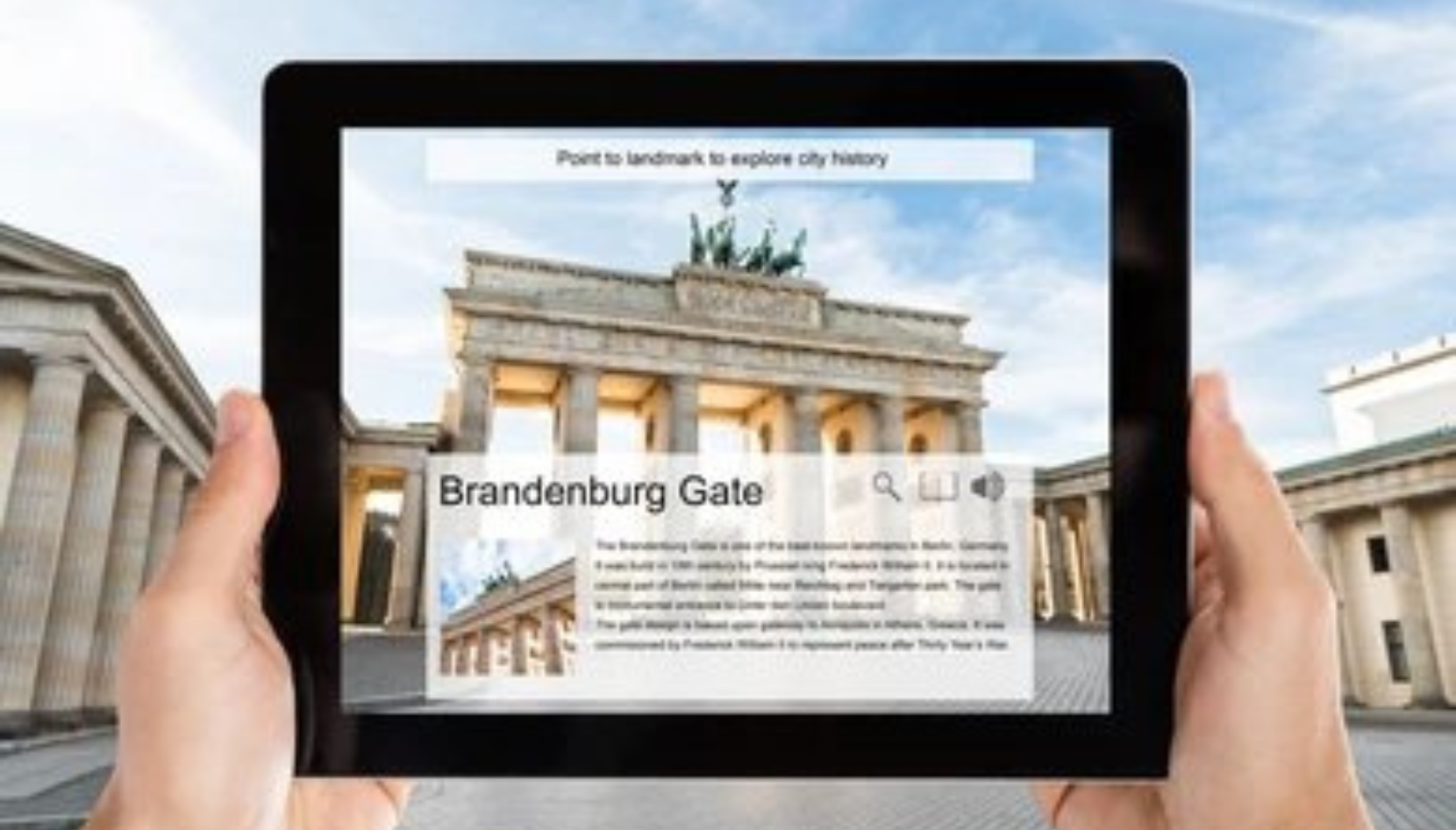Virtual Reality (VR) and Augmented Reality (AR) are transforming travel planning by offering immersive experiences that allow travelers to explore destinations before arrival. These technologies provide virtual tours, interactive maps, and enhanced booking processes, making trip planning more engaging and informed.
- Virtual Destination Previews
- VR enables travelers to virtually visit destinations, hotels, and attractions, providing a realistic sense of place. This immersive experience helps in making informed decisions about travel plans.


Enhanced Navigation and Information
AR applications overlay digital information onto the real world, assisting travelers with navigation and providing historical and cultural insights. For example, AR can display directional cues and information about landmarks, enriching the travel experience.
Immersive Booking Experiences
Travel agencies and hotels utilize VR to offer immersive previews of their offerings, allowing customers to virtually experience rooms, amenities, and local attractions. This leads to increased confidence in booking choices.

Overcoming Implementation Challenges
Despite their potential, AR and VR face challenges such as high initial costs and the need for broader adoption among travel providers and consumers. The travel industry is actively working to overcome these hurdles to make AR and VR more accessible.
- Future Prospects
- As AR and VR technologies continue to evolve, they promise to make travel more immersive, personalized, and accessible than ever before. The travel industry is expected to leverage VR for more personalized and intuitive planning experiences, using technologies like facial coding algorithms for more customized search results.
VR and AR are revolutionizing travel planning by providing immersive and interactive experiences that enhance decision-making and enrich the overall travel experience.





